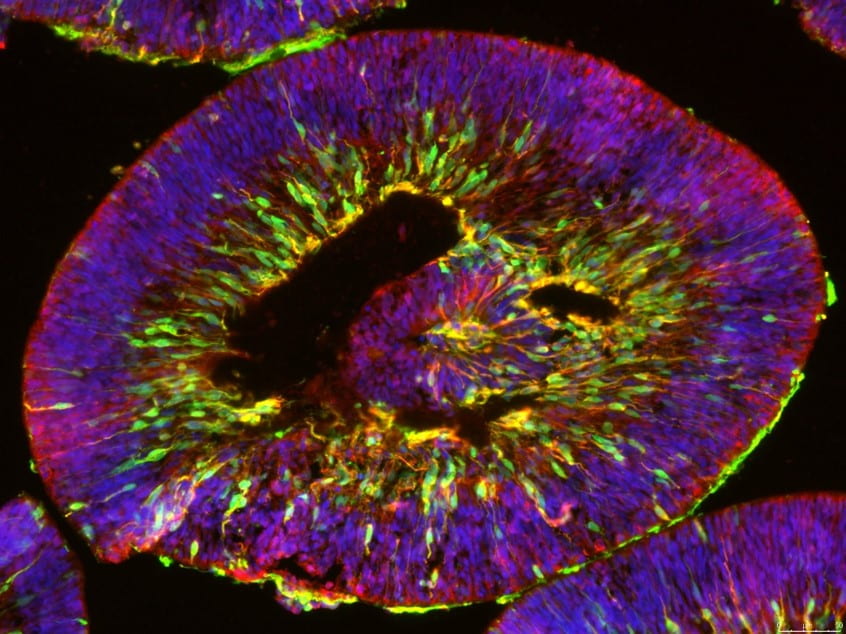
In order to study the genetic, molecular, and cellular mechanisms and identify therapeutic targets in Wolfram Syndrome, it is crucial to have model systems that are as translatable to human variations of Wolfram Syndrome as possible. We are currently characterizing genetically-engineered mice carrying patient-specific WSF1 mutations. Additionally, we are using patient-derived induced pluripotent stem cells (iPSC) to differentiate into different cell types, such as β-cells, neural progenitor cells, or retinal ganglion cells, as well as create organoids to represent 3D developmental mini-models of specific cell types, such as the retina. The Urano Lab uses these preclinical models of the human disease to procure patient-based therapeutics and derive a better representation of the mechanisms underlying the disease phenotypes.
Selected Associated publications
Maxwell KG, Augsornworawat P, Velazco-Cruz L, Kim MH, Asada R, Hogrebe NJ, Morikawa S, Urano F, Millman JR. Gene-edited human stem cell-derived β cells from a patient with monogenic diabetes reverse preexisting diabetes in mice. Sci Transl Med. 2020 Apr 22;12(540):eaax9106. doi: 10.1126/scitranslmed.aax9106. PMID: 32321868; PMCID: PMC7233417.
Rie Asada Kitamura, Kristina G. Maxwell, Wenjuan Ye, Kelly Kries, Cris M Brown, Punn Augsornworawat, Yoel Hirsch, Martin M Johansson, Tzvi Weiden, Joseph Ekstein, Joshua Cohen, Justin Klee, Kent Leslie, Anton Simeonov, Mark J. Henderson, Jeffrey R. Millman, Fumihiko Urano. Genotype-phenotype correlation analysis and therapeutic development using a patient stem cell-derived disease model of Wolfram syndrome. bioRxiv. 2021 Nov 7; 10.1101/2021.11.07.467657 http://biorxiv.org/content/early/2021/11/08/2021.11.07.467657
You must be logged in to post a comment.